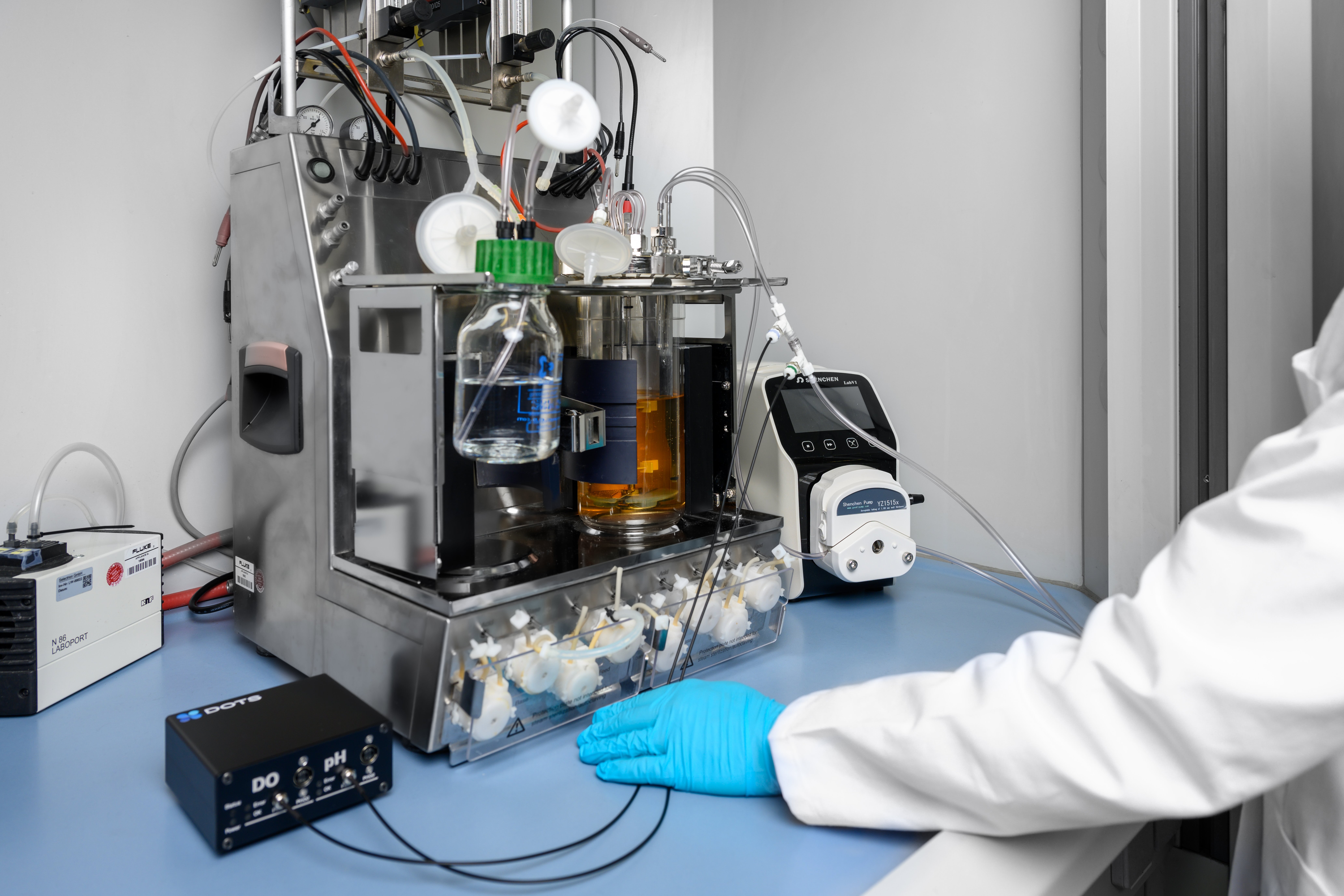Flow Cells in Bioprocessing: How They Work and Why They Matter

In the bioprocessing industry, maintaining ideal conditions to ensure the homogeneity and quality of the end product. Such processes, however, still rely on manual measurement and infrequent sampling, which makes maintaining key parameters within controlled limits very difficult. That approach could result in variable product quality with increased risks of contamination and inefficient use of resources. Fortunately, there is a concrete response for such issues by combining flow cells and bioprocessing systems. This blog will overview flow cells’ advantages in bioprocessing regarding operation and importance.
The Problem: Inconsistencies and Risks in Traditional Bioprocessing
Manual sampling and offline analysis, where samples are taken out of the bioreactor and analyzed individually, are typically performed in traditional bioprocessing. The conventional methods have many drawbacks:
- Inconsistent Monitoring: If the intervals of sampling are not able to present important changes in processes, then reactions will be late and there is a possibility that the conditions will not remain ideal.
- Risk of Contamination: Any manual operation conducted on a sample runs the risk of contaminating it, which in turn may affect the entire batch.
- Waste of Resources: Manual sampling involves materials, labour, and time. Such characteristics make the process more costly and complex.
- Limited Data: Offline measurements capture only that part of the process and hence cannot describe the dynamic variations that may be occurring in real time.
These challenges consequently provide evidence of the demand for a more reliable, efficient, and constant means of monitoring and controlling bioprocesses a demand to which flow cells are an effective solution.
The Solution: How Flow Cells Work in Bioprocessing
Flow cells are specialized devices integrated into bioprocessing systems to continuously monitor, analyze, and control various parameters of the process in real-time. Here’s how they work:
- Continuous Flow: The flow cells are integrated directly into the flow loops (e.g., feeding, sampling or harvesting flow lines for bioreactors). The sample, for example the culture medium or product stream, is continuously passed through flowing over the sensor during the bioprocess.
- Real-Time Data Collection: Sensors for critical parameters such as pH or dissolved oxygen take measurements of the fluid as it is passing through the cell; this information feeds back in real time into a control system.
- Instant Feedback and Control: Real-time data from the flow cells enables the control system to instantaneously actuate the bioprocess. In the case of pH level drift from the desired range, the system can automatically add acid or base.
- Automated Analysis: Most of the flow cells are designed for automated systems, and there is hardly any need for manual interference.

The Advantages of Flow Cells in Bioprocessing
Flow cells provide a different set of advantages for scalability, accuracy, and efficiency in bioprocesses. An active application of flow cells involves real-time monitoring of pH values during the cultivation of microorganisms in bioreactors. For example, Saccharomyces cerevisiae, commonly used in bioethanol production. During fermentation, S. cerevisiae produces organic acids that lower the pH, which, if not controlled, can inhibit growth and reduce product yields. Maintaining an optimal pH range (typically 4.5 to 5.5) is essential for sustaining yeast activity.
Flow cells have a major role in process scalability in addition to precision. The use of flow cells for pH and dissolved oxygen monitoring in a lab-scale bioreactor can be readily expanded to industrial production. In the biopharmaceutical sector, where processes created in laboratories must be repeated on a far greater scale to satisfy production demands, scalability is especially crucial.
The integration with automated control systems is an additional benefit. Real-time data can now be directly sent into automated systems that oversee the entire bioprocess using flow cells. Flow cells, for example, keep an eye on important parameters and make sure that every stage of the automated vaccine production process complies with rigorous requirements. In the end, this results in safer and more dependable vaccine production by lowering human error and improving production process efficiency, which permits quicker reaction times to any deviations.
Conclusion: including Flow Cells for Better Bioprocessing
The use of flow cells in bioprocessing represents a significant step forward in ensuring the quality, efficiency, and reliability of biotechnological processes. Flow cells provide accurate control and continuous, real-time monitoring, which solves the main drawbacks of conventional bioprocessing techniques and opens the door to more reliable and superior output.
It is not only advantageous, but also imperative to employ flow cells in an industry where control and precision are critical. You may improve process performance overall, lower hazards, and get better results by incorporating flow cells into your bioprocessing systems. Flow cells will surely be essential in accurate innovation and success.
